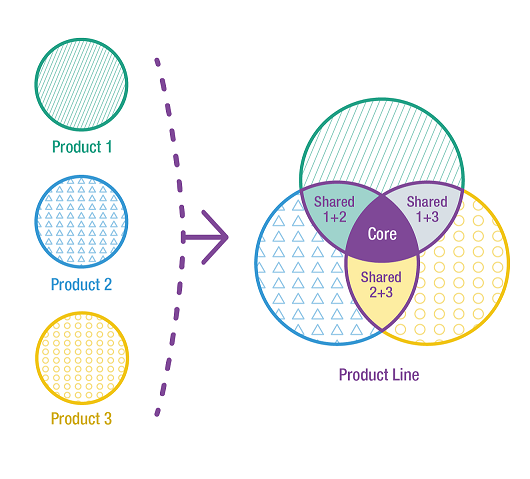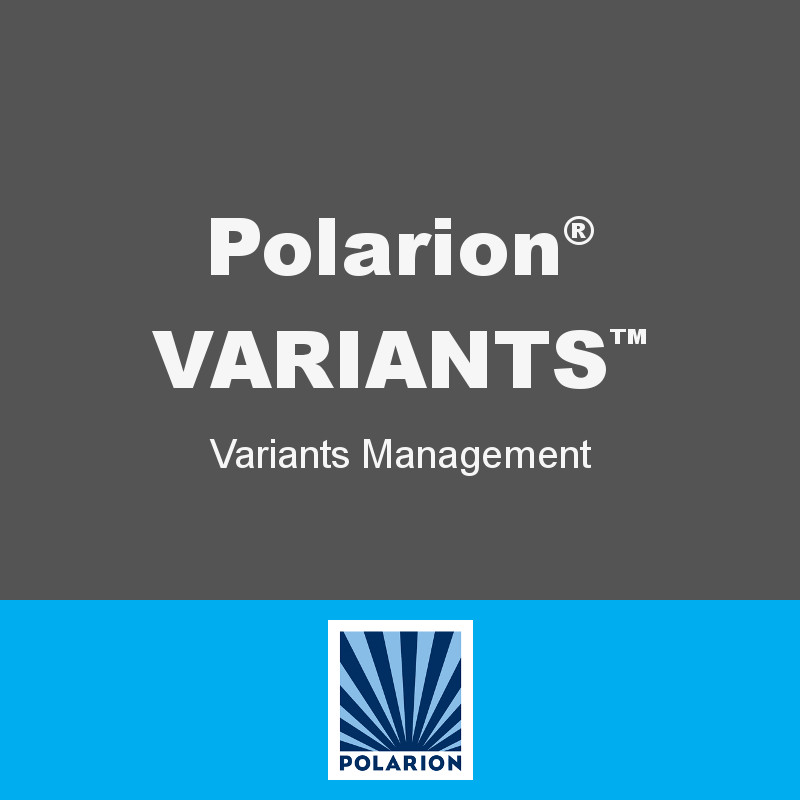Polarion® VARIANTS™
Polarion® VARIANTS™ respond more effectively to pressures to deliver more frequently, to undertake more projects, and to respond to market forces and ever increasing expectations of variety and customised alternatives.
Evolve capabilities in development lifecycles to effectively manage variation, mass customisation, and ‘configured-to-order’ deliverables.
Add Variants Management to Core Products
- Augment values intrinsic to Polarion product’s core functionality with powerful new capabilities.
- Unleash new potential to articulate features that are then used to express variability and customisation in feature-models, shaping requirements that drive development and testing workflows.
- Leverage the unified repository inherent to Polarion as an asset base extending reusability to all development artifacts.
- Use feature articulation throughout lifecycle management to optimise V&V (Verification and Validation) and Risk Management practices for variants.
- Efficiently manage complexities associated with ongoing maintenance and evolution of software variant portfolios.
- Labour-saving and cost-reduction during test management and compliance regimens brought about by product variations.

Manage Variants with Reliabiltiy and Compliance
With the VARIANTS add-on, application lifecycle processes are significantly bolstered to efficiently manage growing levels of software variation.
Functional Variability
By modelling and configuring features within a structured approach, functional variability becomes a characteristic that is empowered to differ, no matter if referring to variations in functionality, supported environments, appearance, quality attributes, language, business constraints, essentially any aspect of interest.
Functional differentiation, precise coverage of customer specifications, individualised options, and enhanced marketing opportunities, all become possible with Variants Management.
Reusability
Reusability, a common development practice, is moved beyond tactical utilisation to more strategic reuse scenarios, involving all development assets. Higher levels of reusability are achieved using a balanced approach involving common elements, present in all variants, as well as overlapping elements, those shared by two or more variants.
Traceability
Comprehensive bi-directional traceability, available at a granular work-item level, is expanded to include all elements pertaining to the introduction of substantial levels of variation, making it possible to assess the impact of change across the full spectrum of variants, including impacts to all development artifacts and workflows.
Optimise complex quality assurance processes needed for testing widespread variation.



